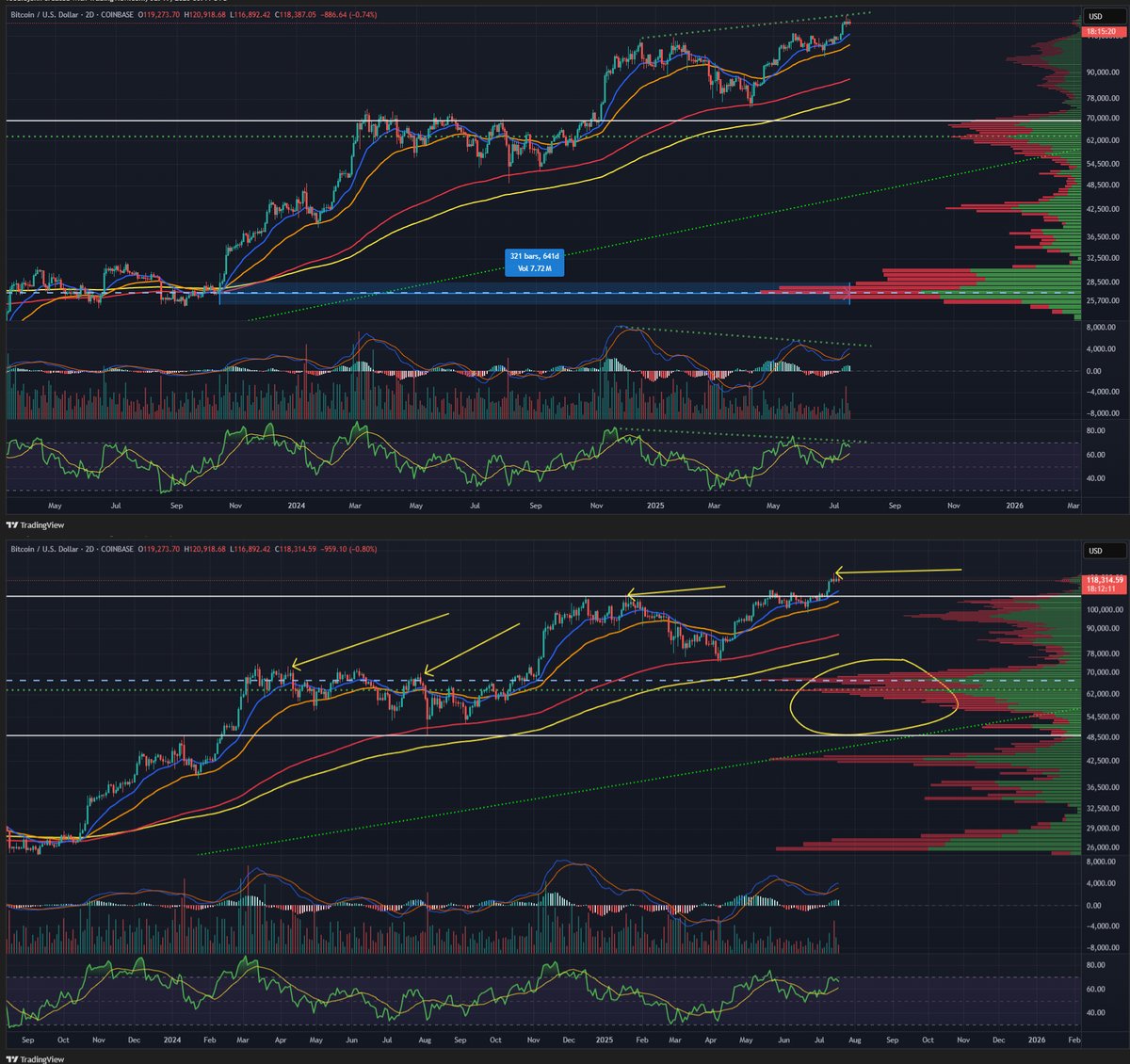Understanding the Dynamic Pulse of AI: A Comprehensive Exploration
—
Setting the Stage: Why AI Captivates Our Imagination
Artificial Intelligence (AI) is no longer a distant dream from science fiction—it’s a transformative force already reshaping every facet of our daily lives. Whether through personal assistants like Siri, content recommendations on streaming platforms, or complex problem-solving in industries such as healthcare and finance, AI’s influence is vast and rapidly evolving. But what exactly drives this revolution? Understanding AI’s market dynamics involves diving deep into its technological foundations, economic impacts, ethical nuances, and future possibilities. Let’s embark on this journey to decode AI’s present and anticipate what lies ahead.
—
The Technological Backbone of AI
At its core, AI is a blend of algorithms designed to simulate human intelligence. The most potent subset, Machine Learning (ML), allows systems to learn from data patterns without explicit programming. Within ML, Deep Learning (DL) uses neural networks inspired by the human brain to solve complex problems, such as image recognition and natural language processing.
Push and Pull of Innovation: Advances and Limitations
Recent years have witnessed a revolutionary leap with generative AI, which can produce text, images, and even music. Models like OpenAI’s GPT (Generative Pre-trained Transformer) and Google’s Bard harness immense datasets and computational power, enabling near-human creativity [1].
However, AI is challenged by several hurdles:
– Data Dependency: AI efficacy hinges on quality and scale of data. Inaccurate or biased data skews results.
– Interpretability: Many models function as “black boxes,” making it hard to understand decision-making processes.
– Resource Demand: Training large models requires enormous energy and computational infrastructure, raising sustainability concerns.
These obstacles highlight the delicate balance between pushing innovation forward and managing its practical implications.
—
Economic Impact: Redefining Markets and Job Landscapes
AI is most prominently accelerating efficiency and disrupting traditional business models. Estimates suggest AI could contribute up to $15 trillion to the global economy by 2030, driven by productivity gains, automation, and new market creation [2].
Revolutionizing Industries
– Healthcare: AI-powered diagnostics and drug discovery are speeding patient care and reducing errors.
– Finance: Fraud detection and algorithmic trading rely heavily on AI’s analytical prowess.
– Manufacturing: Robotics and predictive maintenance reduce downtime and enhance quality control.
– Customer Experience: From chatbots to personalized recommendations, AI reshapes engagement.
The Labor Market Shift
While AI automates routine tasks, it simultaneously spawns new roles requiring creativity, strategic thinking, and complex problem-solving. The challenge lies in managing workforce transitions through retraining and reskilling programs.
—
Ethical Dimensions and Societal Implications
AI’s ascent invites critical ethical questions that cannot be left on the sidelines.
Bias and Fairness
If AI systems mirror existing societal biases embedded in their training data, they risk perpetuating discrimination in areas like hiring, lending, and law enforcement. Vigilant auditing and transparency mechanisms are paramount.
Privacy Concerns
The data-intensive nature of AI raises stakes for user privacy. Without robust frameworks, misuse of personal data threatens trust and security.
Autonomy and Accountability
As AI takes on decision-making roles, especially in self-driving cars or judicial recommendations, clarifying responsibility becomes crucial. Who is liable when AI errs?
A thoughtful balance is essential to harness AI’s benefits while safeguarding human rights and dignity.
—
The Future Landscape: Trends and Emerging Paradigms
Looking ahead, several exciting trajectories and challenges define AI’s horizon:
Democratization of AI
Tools and platforms lowering barriers mean more individuals and smaller players can innovate. This is fostering greater inclusivity and diversity in AI applications.
Integration with Other Technologies
AI’s synergy with quantum computing, Internet of Things (IoT), and blockchain promises unprecedented breakthroughs in speed, security, and scalability.
Regulation and Governance
Global consensus is gradually emerging on setting AI norms and standards, balancing innovation with control. The European Union’s AI Act exemplifies proactive regulatory efforts.
—
Navigating the AI Frontier: Strategic Insights
For organizations and individuals venturing into AI, the following strategies prove valuable:
– Cultivate Ethical AI Practices: Embed fairness, transparency, and privacy from the design phase.
– Invest in Talent and Education: Equip teams with relevant skills to leverage AI effectively.
– Foster Cross-Disciplinary Collaboration: Blend technical expertise with domain knowledge and ethical perspectives.
– Stay Ahead of Regulatory Changes: Monitor policy developments to remain compliant and capitalize on opportunities.
By harmonizing creativity, responsibility, and strategic foresight, stakeholders can ride AI’s wave toward profound innovation.
—
Conclusion: The Ever-Evolving Dance with Intelligence
AI’s story is far from static; it’s a dynamic narrative blending awe-inspiring achievements with complex challenges. Its trajectories offer exhilarating prospects to redefine how we work, live, and relate to the world. Yet, this power demands wisdom—a commitment to ensuring AI serves as an amplifier of humanity’s best qualities rather than its vulnerabilities.
In this unfolding voyage, every stakeholder—engineers, policymakers, businesses, and users—plays a pivotal role. Together, navigating this labyrinth with curiosity and caution will spark a future where AI doesn’t just mimic intelligence, but magnifies human potential in meaningful, ethical, and lasting ways.
—
Sources











